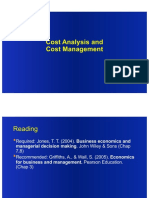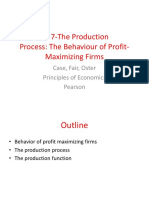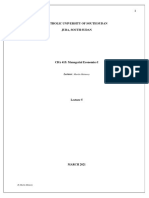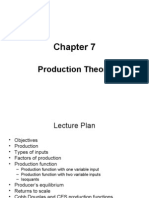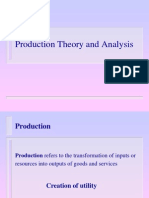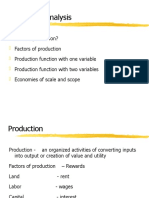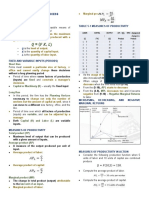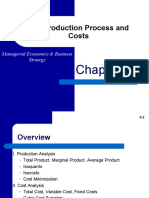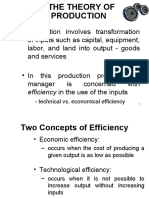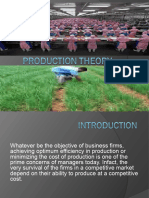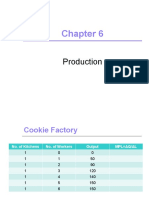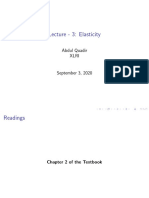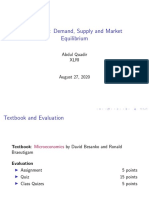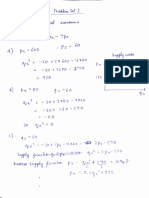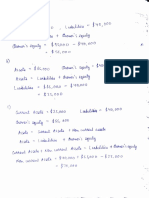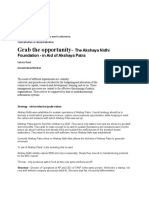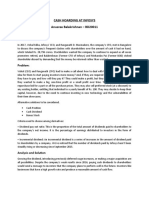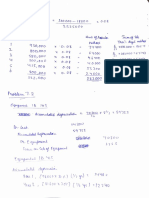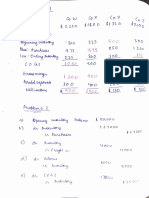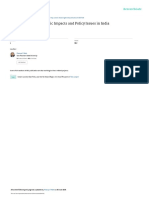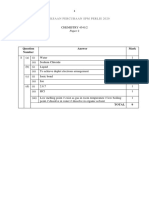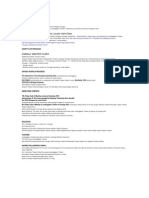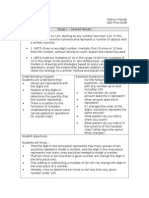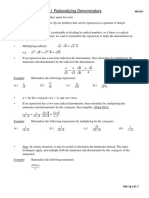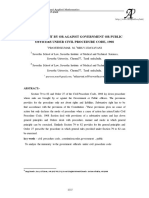0% found this document useful (0 votes)
67 views24 pagesLecture - 4: Production: Abdul Quadir Xlri
1. The production function defines the maximum output that can be produced from a given set of inputs. It shows the relationship between inputs like capital and labor to the quantity of output.
2. Isoquants represent combinations of inputs that produce the same quantity of output. They have a negative slope, showing the tradeoff between capital and labor.
3. The marginal rate of technical substitution is the rate at which a firm can substitute one input for another, like capital for labor, while maintaining the same output level. It diminishes as more of one input is substituted for the other.
Uploaded by
anu balakrishnanCopyright
© © All Rights Reserved
We take content rights seriously. If you suspect this is your content, claim it here.
Available Formats
Download as PDF, TXT or read online on Scribd
0% found this document useful (0 votes)
67 views24 pagesLecture - 4: Production: Abdul Quadir Xlri
1. The production function defines the maximum output that can be produced from a given set of inputs. It shows the relationship between inputs like capital and labor to the quantity of output.
2. Isoquants represent combinations of inputs that produce the same quantity of output. They have a negative slope, showing the tradeoff between capital and labor.
3. The marginal rate of technical substitution is the rate at which a firm can substitute one input for another, like capital for labor, while maintaining the same output level. It diminishes as more of one input is substituted for the other.
Uploaded by
anu balakrishnanCopyright
© © All Rights Reserved
We take content rights seriously. If you suspect this is your content, claim it here.
Available Formats
Download as PDF, TXT or read online on Scribd
/ 24







